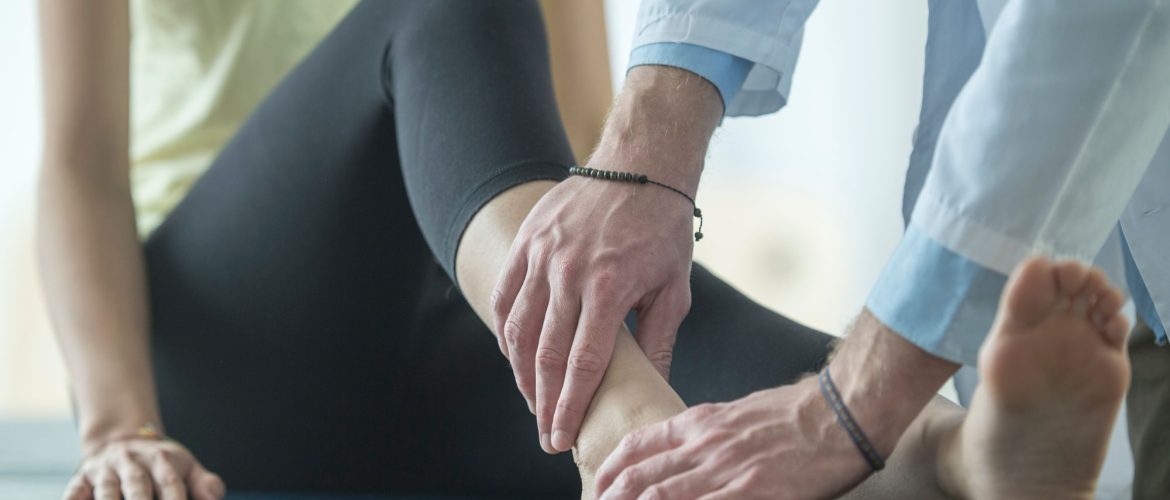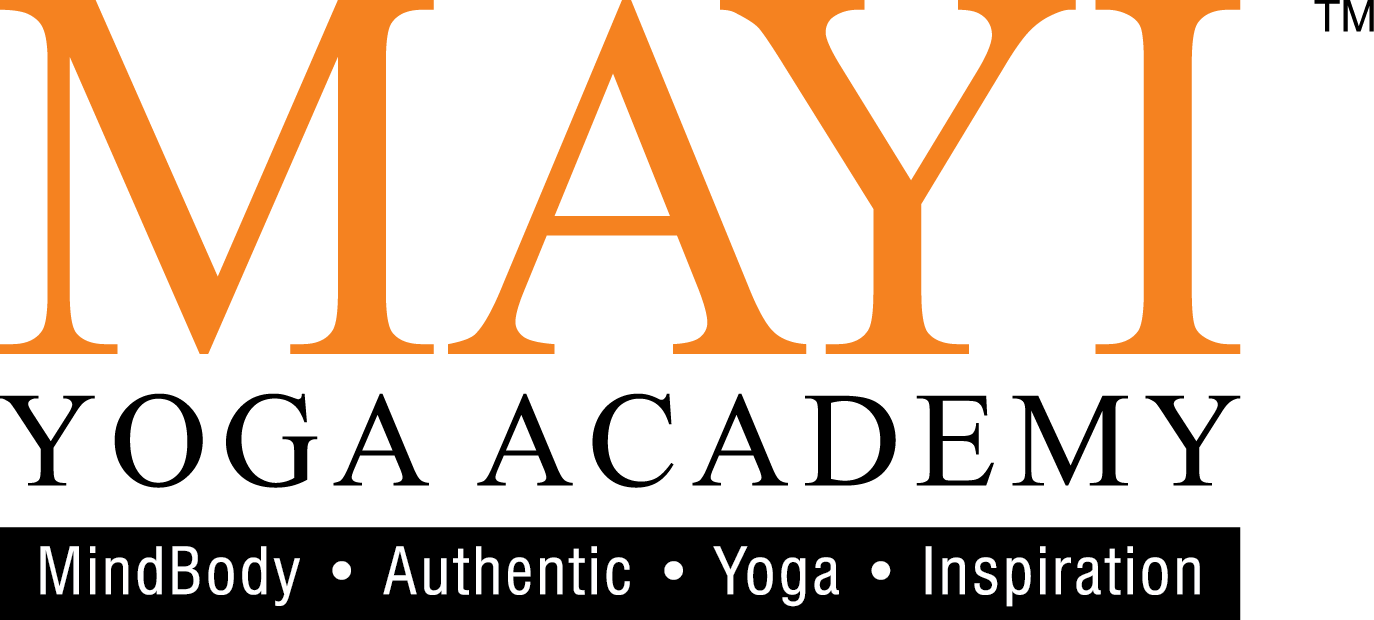A Shift in Lifestyle and Mindset – My Yoga Therapy Certification Course Journey
- October 6, 2025
- Posted by: admin
- Category: Inner Insights,

by Taffy Cheang
I am a yoga instructor who once worked in the corporate world. Since childhood, I had some awareness of yoga, but what I often saw was mainly focused on physical postures. Deep down, I knew yoga offered far more than just asanas.
During a period of emotional breakdown, I struggled to find the support I needed until I discovered integrative yoga. Through this practice, I learned to turn inward and align my body and mind. That was a turning point. From then on, I knew I wanted to walk this path sincerely—not just to heal myself, but also to help others. I later took a Teacher Training Course (TTC) and committed to yoga as my lifelong career. Yoga has transformed me physically, mentally, and emotionally. I believe it was truly a destined encounter.
I joined this course with one simple goal: to help people. I believe yogic management is for everyone, and that it can support both body and mind—including those who are unwell or living with physical or mental conditions.
What I Hoped to Gain
I wanted to understand how yoga therapy can support well-being through yogic management. I also hoped to deepen my knowledge of anatomy, body systems, and their connection to healing.

Course Experience
Theory and Practice
This course gave me a solid foundation in both theory and practice. On the theoretical side, I studied anatomy and body functions in detail—covering the spine, muscles, cells, nervous system, and other vital systems. I also learnt about the benefits of a yogic diet, pranayama, asana, and meditation. It was the first time I had focused so deeply on book-based learning, and I was surprised by how strongly I connected with the material.
Yoga therapy supports both physical and mental health conditions. This course taught me how to assess and support individuals based on their specific needs – techniques not covered in depth during the TTC course. The body may seem simple, but in truth, it is wonderfully complex—effective healing requires us to understand and respect this complexity.
I also realised how crucial proper breathing and deep relaxation are. When these are not functioning well, many other systems become disrupted. The course taught me which asanas are beneficial and which may not be suitable for certain conditions.
On the practical side, I learnt to design and adapt practices for individual needs. When someone faces a health challenge, we can tailor yoga to help rather than hinder. In general yoga classes, we may not always have this awareness, and sometimes unknowingly lead students into postures that aggravate their condition.
Challenges and How I Overcame Them
One of the biggest challenges was shifting my mindset from yoga instructor to yoga therapist. I had to keep asking myself: “How would a therapist approach this?” This helped me stay mindful and compassionate in every case.
Another challenge was language. As English isn’t my strongest language, learning medical and anatomical terms felt overwhelming. In the first two classes, I felt discouraged. But I persevered. I spent extra time studying, translated difficult terms into Chinese, reviewed notes carefully, and gave my best to each assignment. It was tiring and stressful, but gradually I started enjoying the process. My progress was slow but steady—and I knew the effort would eventually bear fruit.
Insights from Assignments and Teaching Practice
Assignments, which I once disliked, became a valuable tool for learning. The case studies allowed me to apply theory to real-life scenarios, building confidence for working with actual clients.
During teaching practice, I had to adjust my mindset again. Teaching yoga therapy is very different to teaching a general class—every individual has unique needs, and even small movements can be challenging depending on their condition. It requires patience, compassion, listening, and observation. I realised it’s not just about teaching postures; it’s about supporting the person’s overall well-being.
Transformation and Impact
My Personal Growth
This course has transformed my perspective on yoga, healing, and myself. I’ve developed a deeper awareness of my body and a greater appreciation for good health. I’m now more mindful of my emotions, my reactions, and my overall state of well-being. I feel blessed to have gained knowledge that not only helps others, but also supports my personal growth.
I also became more aware of how easily I absorb emotions from others. For example, when I visited a sick friend in hospital and guided her through gentle stretches, I unknowingly absorbed her emotional energy and felt unwell afterward. Through this course, I learnt the importance of energetic boundaries and self-cleansing practices. Now, pranayama and meditation are essential for keeping myself balanced, especially in my role as a therapist.
I now firmly believe that physical and mental health are deeply connected. Pranayama and deep relaxation are not only techniques, but powerful tools for transformation and healing—often beyond what most people imagine.
A Shift in Lifestyle and Mindset
This journey has shaped my lifestyle, my mindset, and my approach to healing. I’ve become more mindful in everything I do—my eating habits, breathing patterns, movements, and even my interactions with others. I listen to my body more deeply and allow myself space for awareness and self-care.
As a yoga instructor, I’ve become gentler and more adaptable because I recognise how unique each body is. I encourage them to notice subtle signs of discomfort or imbalance—these are the body’s way of asking for help. If ignored, they can turn into more serious health issues.
What I learnt applies not only to therapy, but also to my regular classes. Many of my students struggle with physical pain, stress, or tension. Now, I feel more capable of truly supporting them. This course also opened my eyes to how even serious conditions, such as cancer, can benefit from breathwork and deep relaxation.
I am grateful for this journey and for the seeds it has planted within me. It gives me joy to witness more people discovering the healing power of yoga.
Vision Forward
I’ve already started applying what I learnt, both in my own classes and when substituting for others. I notice my students feel more confident when I explain how pranayama or specific postures can support their personal needs.
Some students are shy about sharing their health issues openly, but I encourage private conversations to help them feel safe and understood. When introducing inversions or challenging poses, I always provide clear precautions and modifications. This therapist’s perspective builds their trust in me.
Looking ahead, I hope to collaborate with wellness centres or rehabilitation facilities to support individuals with health challenges. I’m particularly passionate about helping the elderly maintain strength, balance, and vitality through yoga. I also love sharing posture and body awareness tips with children—planting seeds of health and mindfulness from an early age.
My dream is simple but strong: I want people to enjoy better health, live more mindfully, and feel connected with both body and mind. While yoga therapy is my career, it is also my purpose—to help others heal and grow.
Conclusion
Our bodies are both beautifully simple and deeply complex. What matters most is nurturing a healthy lifestyle and balanced well-being. This course has been truly life-changing.
Yoga therapy offers so much more than physical exercise—it is a complete path of healing and transformation.
Through this journey, I have learnt to appreciate my struggles, my growth, and everything that has shaped me. Yoga therapy is a powerful tool, and I now feel both confident and inspired to share it with others.
A Closing Message
Appreciate your body and the well-being it gives you. Be kind and gentle—with yourself and with others. Never take health for granted. When challenges arise, meet them with courage. Don’t fear ageing; instead, focus on staying strong in body and mind.
Namaste.
